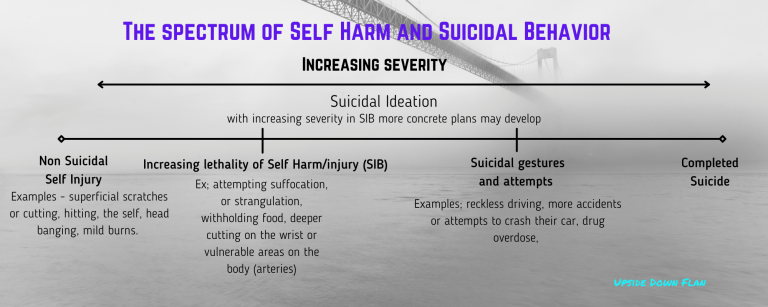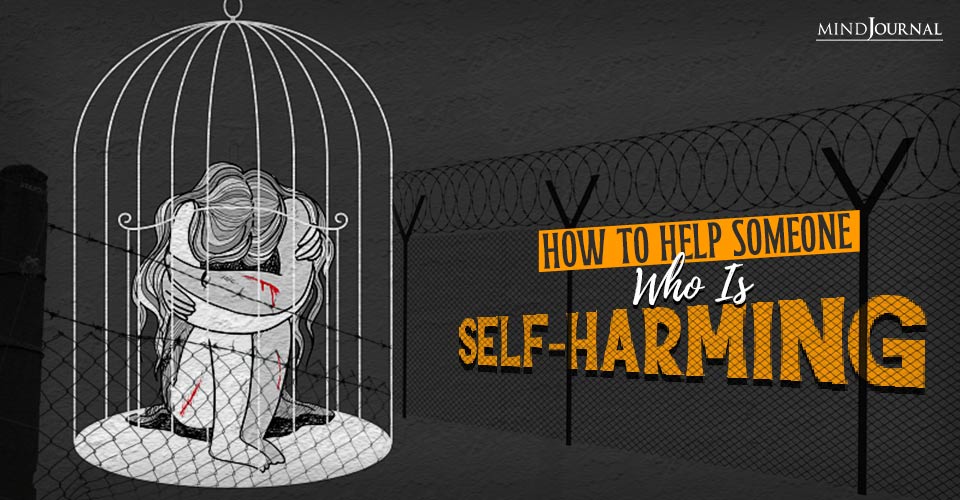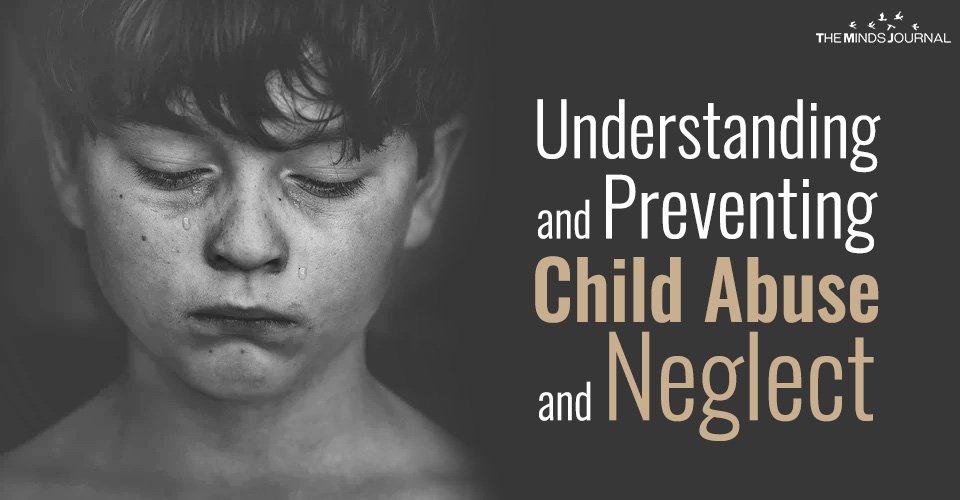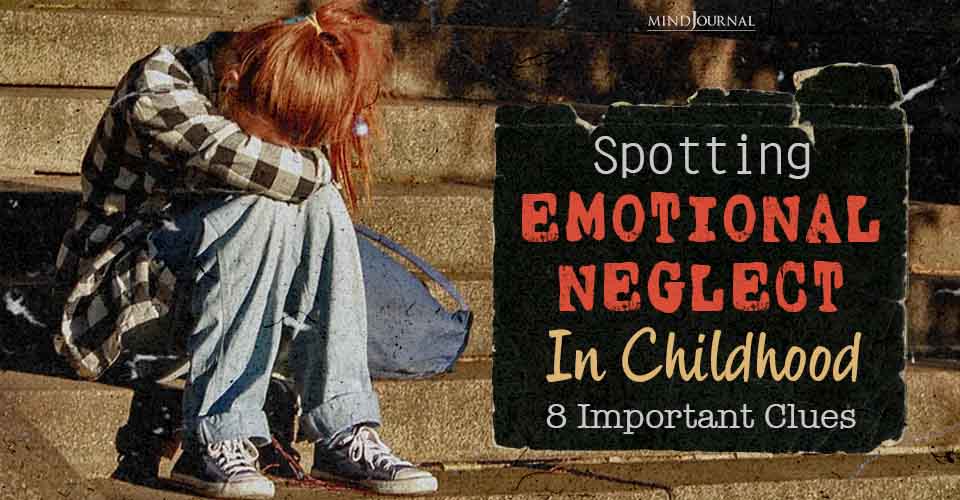When someone is self harming, especially when it’s your loved one, it can be hard witnessing that. You might even feel helpless thinking about what you can do to help them. The good news is that you can help them get through this, you just have to know the right way to do it.
Self Harm Is An SOS
When someone is self harming, it is a sign of distress and that the person is in need of support. Self harming behaviors are considered parasuicidal and although the person may not have intentions of killing themselves the act of self harm can be seen as a part of the spectrum of suicidal ideation, leading one to eventually becoming suicidal and/or complete an accidental suicide.
There are lots of reasons why someone may choose to self harm, which we will get into in this article along with the ways in which you can support your loved one. This article will identify the what, why, and how of self harm along with the steps you can take to intervene if someone you love is selfharming. Additionally if you, yourself are self harming, here are some beginning steps you can take to get help, find relief without hurting yourself.
Related: How To Heal Your Most Debilitating Core Wounds
What Is Self Harm – Terminology
Self harm, self-injury, self-injurious behaviors (SIB), self-mutilation, and nonsuicidal self-injury, all refer to any action taken to intentionally harm the self. These are actions taken without the intent to take one’s life or cause a life-threatening injury. Some of the more common ways that people self harm are cutting, burning, biting, hitting, and scratching.
Suicidal ideation (SI) is when a person becomes increasingly consumed with the thought of dying and/ or taking their life. This may be a process where the feelings gradually build over time, causing the person to eventually create a plan and possibly make an attempt to take their life.
Some form of suicidal ideation is fairly common for people who deal with depression, which does not mean that they will take the steps to act on these feelings, they can be classified as vague or passive suicidal ideation which are thoughts or feelings that occur from time to time but without a plan or true desire to die.
Vague or passive SI is more of the feeling that you want the pain and heartache to go away and dying feels like a way out of that, but there isn’t any follow-through, and there is not the sincere wish to die. If someone is experiencing or expressing suicidal thoughts or ideation, this is an important place to intervene to ensure that they don’t escalate, as I said most often this is connected to the distress and the feeling that they want the pain and suffering to go away, rather than dying.
Parasuicidal behavior or suicidal gesture is an action taken that can be both lethal or non-lethal but that has the clear intent of causing bodily or life-altering harm and/or death. Some may classify this type of behavior as a suicide attempt.
Examples of suicidal gestures or parasuicidal behavior would be a drug overdose or placing a plastic bag over ones’ head as an attempt to suffocate themselves and then pass out, it could also be withholding food or engaging in high-risk activities such as reckless driving, increased substance use or anything that would place a person in harm’s way.
Completed suicide is the act of having taken one’s own life.
If you or someone you know and love is hurting themselves, you can contact the text line below which will connect you with a crisis counselor who can support you through any one of the above crises.

Why Self harming
There are a few reasons why someone might attempt to hurt themselves. The first is to externalize the many difficult feelings they are experiencing internally. I have heard it said many times over, I would rather be beaten with sticks than beaten with words… the opposite of the childhood rhythm, “sticks and stones…”.
When you can have a physical manifestation of the inner turmoil there is relief and acknowledgment if not just to the self, but for others who may see the injury. The pain can become more real and legitimate by seeing a physical injury on the self, sometimes it is feeling the pain and sometimes it is seeing blood.
It is also thought that people who self harm, have a higher threshold for pain and can become desensitized to the pain over time, which is part of the danger of self harm, if it continues to escalate and become more severe, i.e. cutting deeper each time, the lethality will also increase.
In addition to self harm as an expression of pain, this may be especially true for those who have difficulty articulating their feelings, be it for social-emotional/psychiatric reasons or due to a disability. Anyone who has communication limitations will be more susceptible to using self harm as a way to communicate their distress.
Gaining a sense of control is another reason that many will self harm. When you are at the mercy of many difficult and painful feelings, there is relief in knowing that you can control the amount of physical pain you may be enduring as a result of the cuts on your leg or arm.
It’s important for caretakers to be mindful that self harm could also be a sign that there is another abusive pattern taking place, such as sexual or physical abuse. The bottom line is that if someone is self harming, they are in significant pain and in need of support.
Related: Self Injury: What It Is And How To Deal With It
The Warning Signs That Someone Is Self Harming
Below are some of the behaviors that might indicate someone is self harming. This is in no way a complete list, but merely some of the telltale signs, the essential piece is to look for changes in behavior.
- Mood changes, more withdrawn or out of the ordinary for that person.
- Wearing clothing that consistently covers up a part of the body, this might be clothing that is out of season or out of the norm for the person.
- Unexplained scratches, bruises or burns.
- Difficulty in school, either socially or academically, possibly both.
- History of being bullied or having experienced a traumatic event.
- Relationship changes, breakup, or difficulty with friends.
- If there is a significant loss, such as a primary relationship like a parent or other family member and there are some other changes in behaviors it might also be an indicator worth following up on.
The relationship between self harm and suicide
Because someone is self harming does not mean they want to die or are suicidal, however, there is a relationship between suicide and self harm. I like to think about it as a spectrum, with suicidal gestures and or attempts on one side and self harm on the other.
If a person is self harming for relief and they then no longer feel that relief, it might push them to increase the severity of their self harm, which can increase the risk. I created the infographic below to help you visualize the spectrum of self harm and how it can lead a person to suicide along with examples of each of the markers on the spectrum.

Additionally, there are many teens that I have worked with over the years that are going through a tough time and feel the need to experiment with self harm, as we know there is a lot out there about self harm and that it has become a bit of a “thing”, especially for younger teens to play around with and see if it’s helpful for them.
Many will decide that they did not like it and will no longer feel the impulse to continue, however, there are many who struggle with the strong desire to self harm and will need help controlling the impulse to harm themselves.
11 Steps To Intervene For Someone Who Is Self Harming
- Offer support, don’t blame, condemn or judge the person.
- Do a body scan – will clearly require a level of trust and most appropriate for parents of younger children, if uncomfortable or inappropriate, you can ask a school nurse to do this or another medical professional such as a primary care.
- Be direct – ask the question(s).
- Seek out professional help.
- Talk to the person and work to understand the what, why, and how for them.
- Develop a plan with that person for when they have the impulse to self harm.
- Offer alternative behaviors that won’t cause harm.
- Educate yourself – understand the impulses behind self harm.
- If the person is a minor talk to their guardian.
- Limit access to razors or other objects they may use to hurt themselves.
- Provide crisis phone numbers in the event that they need to talk to someone, such as the number above or another trusted family member. This could be part of the plan you develop as indicated above.
Related: 8 Risk Factors for Suicide: Major Signs Of Suicidal Behavior
A Note For Parents and Caregivers
Over the years, I have sat with many parents of teens who are self harming as they struggle to understand what is going on for their child. Many parents express an array of mixed feelings such as anger, frustration, confusion, and worry. Know that whatever it is that you are experiencing is ok, even normal, especially when first learning that your son or daughter is in such distress.
It’s important to be able to keep your own feelings in check as you work to support your child. As you have time to process what is going on and understand what is happening for your child, some of those feelings will change.
Furthermore, getting the help and support you need from mental health professionals will do not just your child a world of good but you as well, knowing that there is someone guiding you through these difficult times. School counselors can also be a resource to lean on if needed.
11 Steps You Can Take To Stop Harming Yourself
1. Make the decision to stop self harming.
Are you ready to stop? Clearly, you are here because you want to make some changes, deciding for yourself that you want to stop is an essential first step.
2. Talk to someone you trust.
It might be a teacher, a counselor, parent, friend, or another family member, but someone you can trust. It might surprise you how much better you can feel once you have told someone what is going on for you.
Sharing your burdens with someone else can have tremendous benefits and you don’t need to do it all alone. You are not supposed to have it all figured out, none of us do!
3. Develop your toolbox.
Find the alternative actions or “habit breakers” that you can use in place of self harm. It’s good to have a few in your toolbox for different settings, for example, snapping a rubber band on your wrist or holding ice cubes in your bare hands. A counselor or therapist can help you develop this.
4. Identify when the urges are most intense and difficult to control.
If you can pinpoint these moments, this will help you prepare and plan for those times mentally and physically as you ensure that you have access to your toolbox.
5. Celebrate the wins.
You are working hard to fend off the impulses to harm yourself, when you are successful, celebrate those wins.
Related: Why Would A Young Child Contemplate Suicide?
6. Address the underlying cause for self harm.
Depression or anxiety is often a part of the underlying cause of self harm or suicidal ideation. Therapy or talking with your support network (doctors, counselors, etc) is going to be essential as you begin the process of unpacking the depression and anxiety in your life.
If there is something more specific that can be resolved more quickly, such as an abusive pattern, this will also be essential to address and can be done with the support around you.
7. Remove the tools that you use to hurt yourself.
A simple and practical strategy, but it works.
8. Identify your intent with your self harm.
Where do you land on the spectrum of self harm and suicidal behavior?
9. Keep busy.
Find something to do with your hands and mind that will distract you from your impulse to self harm.
10. Journaling.
Writing is another way to help you express the hard feelings and pain that you might be feeling which could be a good replacement for self harming behaviors. Try journaling and see how that goes, I have a guide to help you get started.
11. Get outside and go for a walk.
Just taking a few steps outside and getting into the wide and open space that the outdoors offers can do a world of wonder.
Related: How To Help A Person Who Is Feeling Suicidal
Treatment Options
Therapy of course is going to be an essential part of the treatment to address the self harming behaviors. CBT, cognitive behavioral therapy, as well as, DBT, dialectical behavior therapy are two modalities that have been very helpful for people who struggle with self harm or are anywhere on the spectrum of self harm and suicidal ideation as described above.
Finding a good therapist can be challenging, resources you can use to help you locate a therapist are schools counselors, primary care offices, employee assistance programs, health insurance, or community-based health centers. Online therapy has also been booming in the last year or so, maybe one of the benefits of the COVID 19 pandemic, as online therapy or telehealth has increased accessibility for many.
One company that embraces the CBT model and is available from anywhere in the world is Online-Therapy.com. You can check them out by clicking on my affiliate link here, which will give you 20% off your first month. I will also add that if on a limited budget, a month is a good amount of time to decide whether or not this is for you and could even just be a launching point or placeholder while waiting to find a local therapist, as many places have waiting lists.
Online therapy.com is one of the more highly rated online therapy platforms and offers a variety of modalities to access their support and resources. If you do decide to check them out, let me know, I would love to hear about your experience.
Summing It Up
Thank you for reading this article, I hope you were able to get some answers to your questions and have some strategies that you can take to help your loved ones who may be engaging in self harming behaviors.
If you do know someone who is self harming it is important to take the next steps with them and get them the support that they need. I will also say that it is a really positive thing that you are in the know, however, that might of come to be and is an indicator that you are doing something right!
Related: 6 Tips To Reduce Self-Injury In Children
Please join the Upside Down Flan community today … where you’ll get insight and concrete steps to address the problems many of us encounter along our life journey… when you are feeling that your life is upside down, Upside Down Flan is here to help you turn it right side up!
References:
Psychiatry Online: A Review of Interventions to Reduce the Prevalence of Parasuicide NCBI: Nonsuicidal Self-Injury: What We Know, and What We Need to Know NCBI: The DSM-5 diagnosis of nonsuicidal self-injury disorder: a review of the empirical literature
Join the Upside Down Flan Community, a professional mental health forum where you will learn how you can turn YOUR life right side up, sign up here for my weekly newsletter where you will have access to all of my free mental health tools and easy tips!
Check out Meredith Flanagan’s new website, Right Side Up Therapy now!
Written By Meredith Flanagan Originally Appeared On Upside Down Flan









Leave a Reply